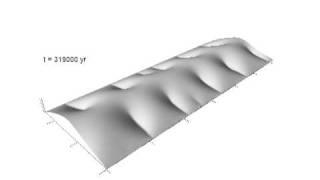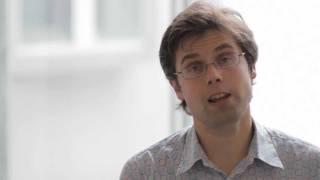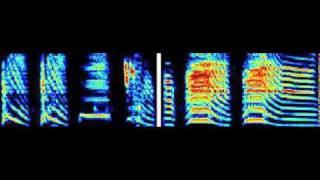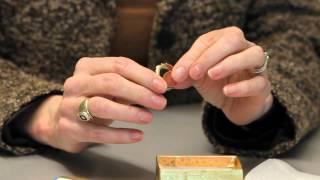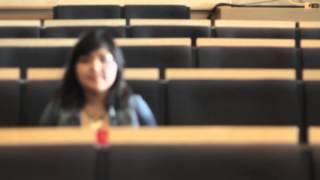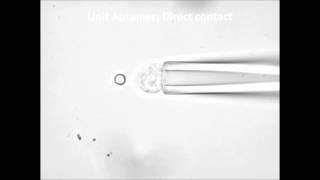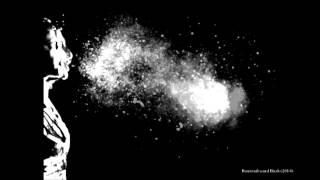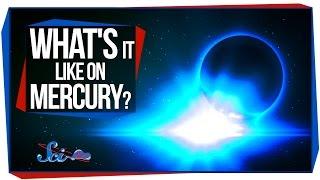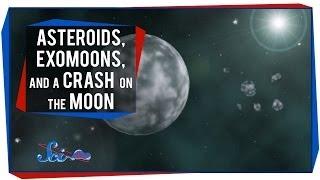Time Travel, Teleportation & Science
Time travel is the concept of moving between different points in time in a manner analogous to moving between different points in space, generally using a theoretical invention, namely a time machine. It has a commonly recognized place in philosophy and fiction, but has a very limited application in real world physics, such as in quantum mechanics or wormholes.
Although the 1895 novel The Time Machine by H. G. Wells was instrumental in moving the concept of time travel to the forefront of the public imagination, The Clock That Went Backward by Edward Page Mitchell was published in 1881 and involves a clock that allowed three men to travel backwards in time.[1][2] Non-technological forms of time travel had appeared in a number of earlier stories such as Charles Dickens' A Christmas Carol. Historically, the concept dates back to the early mythologies of Hinduism (such as the Mahabharata), Buddhism, and Islam through ancient folk tales. More recently, with advancing technology and a greater scientific understanding of the universe, the plausibility of time travel has been explored in greater detail by science fiction writers, philosophers, and physicists.
Teleportation, or Teletransportation, is the theoretical transfer of matter or energy from one point to another without traversing the physical space between them. It has a commonly recognized place in science fiction literature, film, and television, but as yet has a very limited application in real world physics, such as quantum teleportation or the study of wormholes.
Science (from Latin scientia, meaning "knowledge") is a systematic enterprise that builds and organizes knowledge in the form of testable explanations and predictions about the universe. In an older and closely related meaning, "science" also refers to a body of knowledge itself, of the type that can be rationally explained and reliably applied. A practitioner of science is known as a scientist.
In modern usage, "science" most often refers to a way of pursuing knowledge, not only the knowledge itself. It is also often restricted to those branches of study that seek to explain the phenomena of the material universe.
Source : Wikipedia
-
06:13
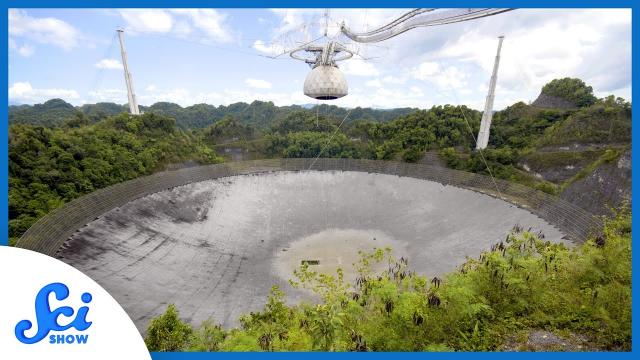
The Legendary Arecibo Radiotelescope
Added 264 Views / 0 LikesAll telescopes work by gathering light from the stars, but one held the crown for square footage for collecting that light for 53 years. The amazing Arecibo.Hosted By: Reid ReimersSciShow is on TikTok! Check us out at https://www.tiktok.com/@scishow------
-
05:48
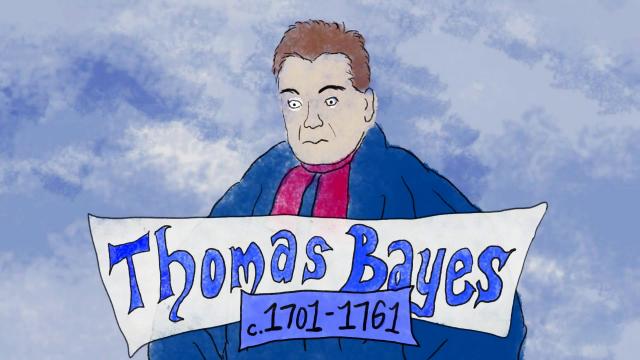
Everything You Ever Wanted to Know About Bayes' Theorem But Were Afraid To Ask.
Added 714 Views / 0 LikesEverything You Ever Wanted to Know About Bayes' Theorem But Were Afraid To Ask.
-
04:15
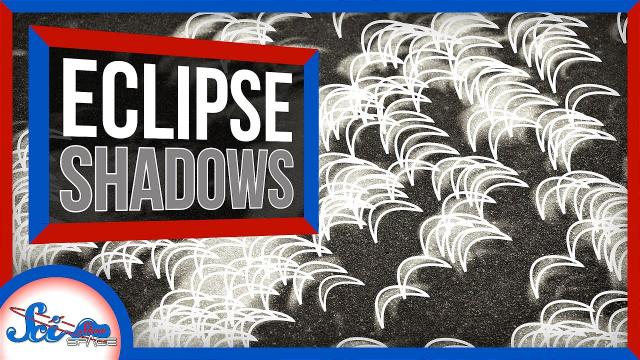
Why Solar Eclipses Create Those Crescent-Shaped Lights
Added 398 Views / 0 LikesEveryone is watching the sky during a solar eclipse, but but if you look down, you'll catch another kind of light show.SciShow has a spinoff podcast! It's called SciShow Tangents. Check it out at http://www.scishowtangents.org----------Support SciShow by
-
06:12
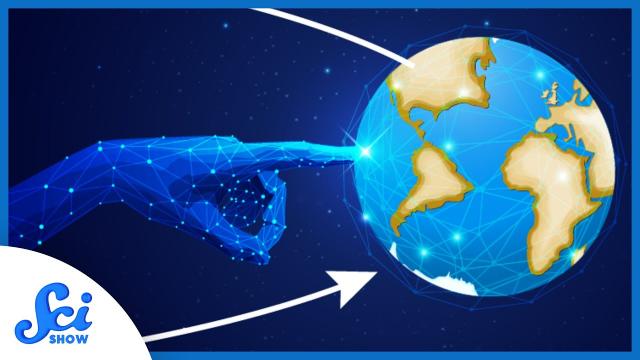
Can We Change Earth’s Orbit?
Added 220 Views / 0 LikesThe first 1,000 people to use this link will get a 1 month free trial of Skillshare: https://skl.sh/scishowspace11211Climate change is a big problem, but could we solve it be giving the earth a little nudge?Hosted By: Hank GreenSciShow is on TikTok! Check
-
06:28
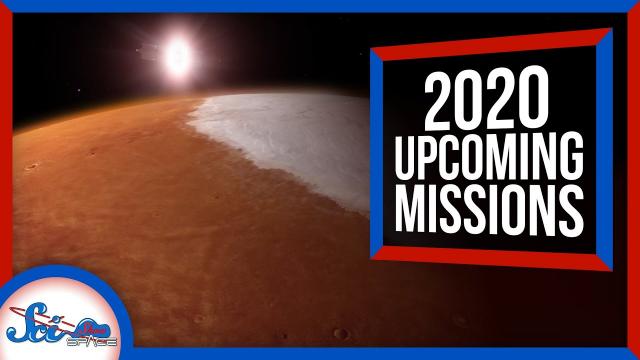
Future Space News of 2020
Added 539 Views / 0 Likes2020 is going to be an exciting year for space exploration, if everything goes according to plan. Humans are heading to space in new spacecraft, multiple Mars missions are on the horizon, and scientists are getting a new perspective on our Sun!Hosted by:
-
05:03
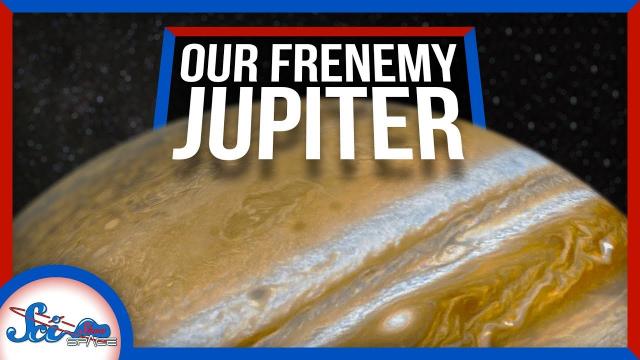
Jupiter Is a Jerk… and Also Our Friend
Added 418 Views / 0 LikesThe largest planet in our solar system is no stranger to throwing its weight around, both to our benefit and detriment here on Earth.SciShow has a spinoff podcast! It's called SciShow Tangents. Check it out at http://www.scishowtangents.orgHost: Caitlin H
-
06:10
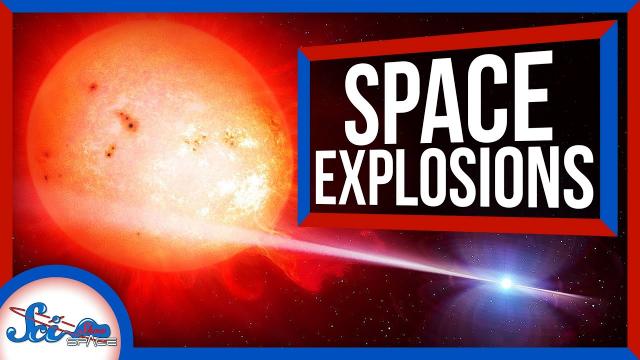
What We’re Learning from the Brightest Supernova Ever Seen | SciShow News
Added 433 Views / 0 LikesIt’s been a great week for space explosions! Astronomers learned more about the mechanism that causes novas by looking at the nova V906 Carinae, and the brightest supernova ever recorded shed some new light on pulsation pair-instability.Get the Vostok 1 p
-
11:21
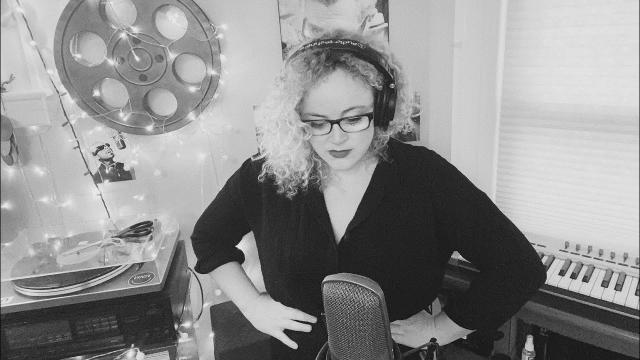
Musical conversation with Samantha Farrell (Podcast)
Added 447 Views / 0 LikesSamantha Farrell is the assistant to Vladimir Bulović, the director of MIT.nano, as well as a professional musician. Here, she talks about how music is keeping her focused, productive, and sane and how in times like these, “. . . the arts really shine, pe
-
02:58
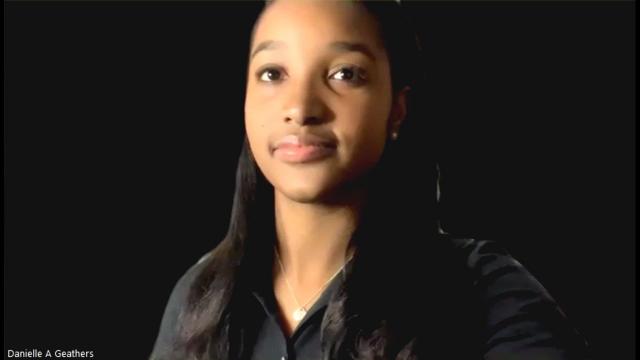
Danielle Geathers (An MIT Community Vigil)
Added 389 Views / 0 LikesMIT Undergraduate Association President Danielle Geathers speaks to the community.On June 2, 2020, the Institute Community and Equity Office at MIT hosted an online vigil to bring the community together in the wake of the recent tragic killings of African
-
09:50
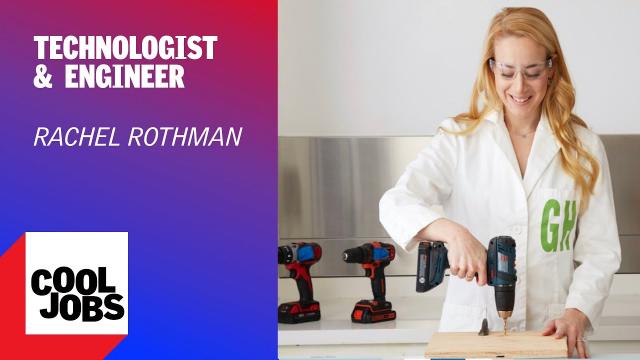
Cool Jobs: Consumer Protector
Added 429 Views / 0 LikesSafest Halloween costume, longest-running washing machine, toys that work! Engineer Rachel Rothman and her team of engineers, chemists and researchers make sure these mareketing claims, are true as part of her Cool Job in product review at the Good Housek
-
05:15
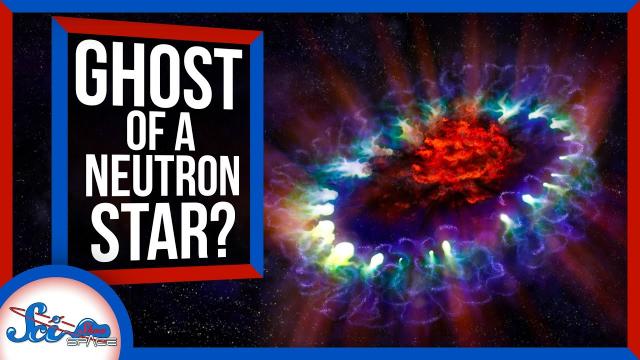
This Stellar Blast Showered the Universe with… Calcium | SciShow News
Added 432 Views / 0 LikesWe knew some stars created large amounts of calcium, but no one really ever knew how...until now! Plus, astrophysicists believe they’ve finally seen evidence of the star that created one of the most important supernovas ever!Hosted by: Caitlin HofmeisterS

